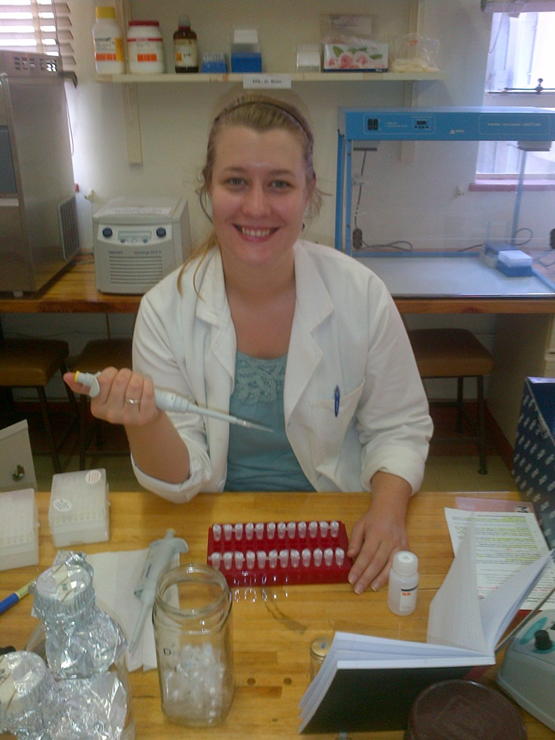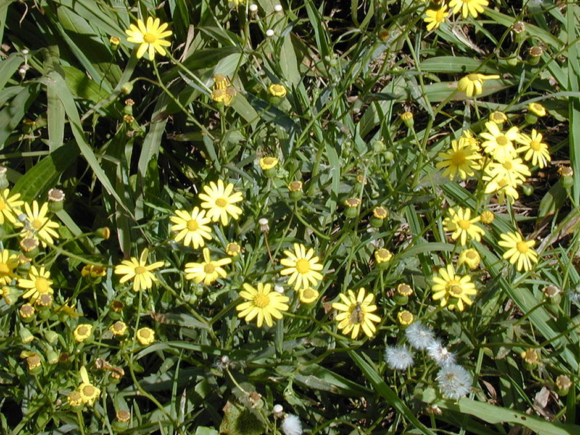4 February 2013 | By Minette Karsten

(Photo: Pia Addison)
The Mediterranean fruit fly, Ceratitis capitata, is a highly invasive species throughout the world and is considered one of the world’s most devastating insect pests. In South Africa, the costs of crop losses and control operations exceed R18 million per annum. In the Western Cape, where a large and valuable export fruit production industry is located, various control strategies have been implemented including widespread application of insecticides (which are not only harmful to the environment, but also make trade with certain countries more difficult) and more environment-friendly methods such as the Sterile Insect Technique (SIT). In SIT operations, sterile laboratory-reared flies are released into the wild where they mate with wild individuals, but produce infertile offspring or no offspring at all. This technique reduces the population density of the pest, but its success can be strongly influenced by the movement of flies in the agricultural landscape. Surprisingly, the movement of fruit flies among agricultural regions in South Africa is poorly understood.

Research by Minette Karsten during her MSc degree at Stellenbosch University examined this question in detail using molecular genetic approaches. The research was funded by Fruitgro Science and the National Research Foundation and was recently published in the international journal PLoS One. By sampling flies from different areas of South Africa and analysing the genetic variation within and among populations, Minette and her colleagues determined the amount of genetic variation and gene flow between populations of Mediterranean fruit fly, and found that the flies are far more genetically similar than expected. Karsten stated “it was pretty surprising to see the results. These fly populations are much more homogenous than we expected, especially given that populations which have been separated in space and time would typically be expected to differ from each other”.
The results of this study show that although Ceratitis capitata populations in South Africa are characterized by high levels of genetic diversity they have little or weak population differentiation. In other words, populations are not distinct from each other using the genetic markers that were examined. Furthermore, sufficient numbers of individuals move between different sites to maintain the lack of population structure. “These results have critical implications for understanding pest movement in agricultural landscapes, and should fundamentally change the way pest management of this species is undertaken in South Africa since it suggests that flies are moving far more than previous work indicated based on direct observation of flight distances. If management and control efforts are to suceed, we will need to limit these highly mobile individuals. One possible way to do this is by, for example, screening fruit moved around within the country and limiting fly-infested fruit movement.” said Prof Terblanche.
High levels of gene flow suggest that the movement patterns of these fruit flies in South Africa are most likely aided by human-mediated dispersal, possibly linked to the movement of fresh produce within South Africa. This study provides valuable insights into area-wide pest management strategies and the data from this work are important for developing effective long-term pest control strategies and ensuring international market access of South African fruit.
Minette Karsten’s project was supervised by C·I·B core team members Prof John S. Terblanche (Department of Conservation Ecology and Entomology, Stellenbosch University) and Prof Bettine Jansen van Vuuren (Department of Zoology, University of Johannesburg). Minette is now undertaking a PhD to further examine agricultural pest genetics and rapid molecular identification.
For more information see the Applied Physiology and Ecology lab webpage or contact Minette Karsten


